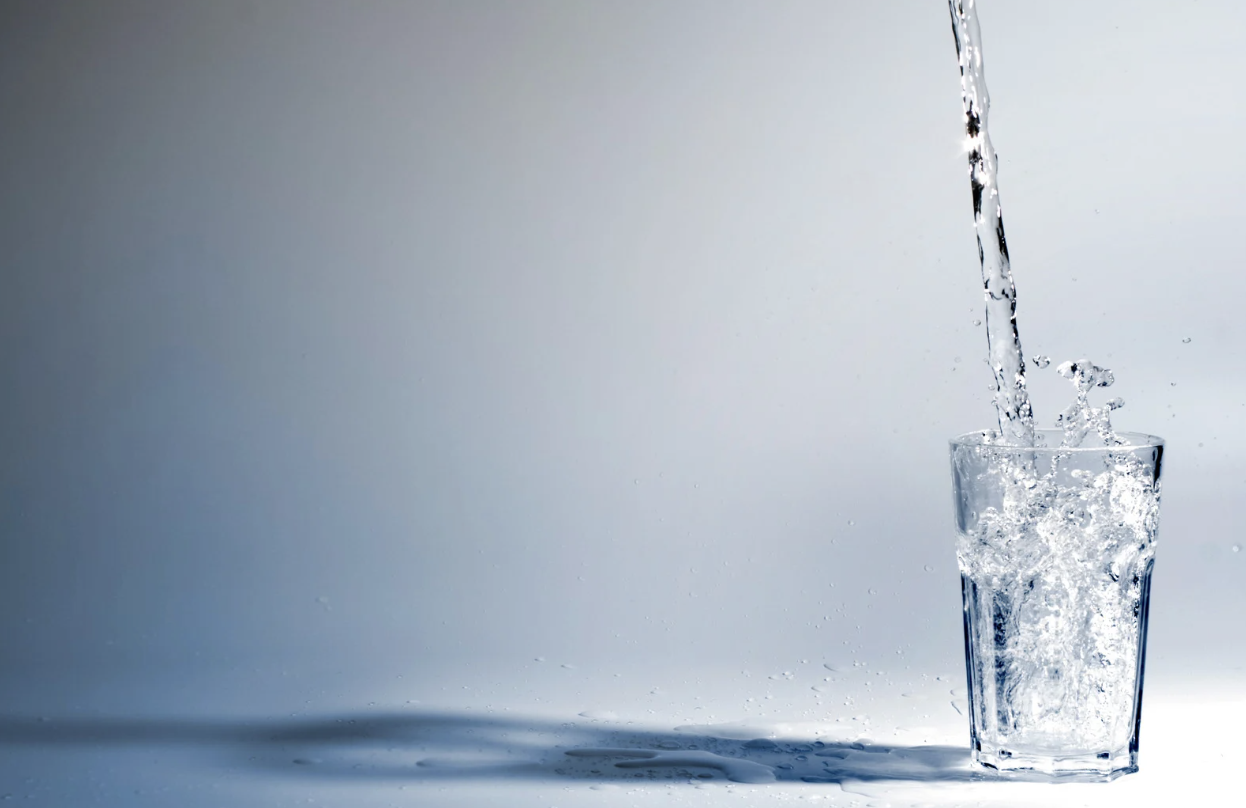How to stay hydrated
Why This Matters
Hydration is a key pillar of health for all individuals, regardless of age, lifestyle, or activity level. Water supports temperature regulation, joint lubrication, cognitive performance, digestion, and energy levels. Even mild dehydration (a loss of just 2% of body weight in fluids) can impact mood, productivity, strength, and concentration while increasing the risk of muscle cramps, headaches, fatigue, and heat-related illness.
Recommended Action Steps
1. Start Your Day With Water
Drink a full glass (8–16 oz) of water as soon as you wake up.
- Why: Replenishes fluids lost during sleep and gets your body back into balance.
- Goal: 8–16 oz before breakfast.
2. Sip Consistently Throughout the Day
Keep water nearby and drink regularly — don’t wait until you’re thirsty.
- Why: Prevents dehydration, supports steady physical and mental energy, and promotes organ health.
- Goal: Consume approximately half your body weight in ounces of water daily.
- Example: A 160 lb adult should aim for about 80 oz of water.
3. Hydrate Around Physical Activity or Heat Exposure
Whether you’re working out, on your feet at work, or outdoors in heat, increased hydration is essential.
- Before Activity: 16–20 oz of water 1–2 hours before.
- During Activity: 5–8 oz every 15–20 minutes.
- After Activity: Rehydrate with water and electrolytes if significant sweating occurred.
- Why: Replaces fluid losses, maintains energy and mental clarity, and reduces the risk of cramps and overheating.
4. Eat Water-Rich Foods
Include hydrating foods like cucumbers, oranges, strawberries, lettuce, zucchini, and watermelon.
- Why: Adds to daily fluid intake and supplies important nutrients like potassium and magnesium.
- Bonus: Supports digestion, recovery, and electrolyte balance.
5. Don’t Forget Electrolytes
Electrolytes — like sodium, potassium, magnesium, calcium, and chloride — are essential minerals that regulate fluid balance, nerve function, muscle contractions, and pH levels.
- Why They Matter:
- Sodium and chloride help your body retain water and are key for hydration during high sweat output.
- Potassium and magnesium support muscle function and prevent cramps.
- Calcium plays a role in nerve signaling and heart health.
- Who Needs Them:
- Anyone who sweats heavily (e.g., after workouts, outdoor labor, sauna use)
- Those on low-sodium diets, fasting, or drinking large amounts of plain water
- Individuals experiencing fatigue, dizziness, muscle cramping, or brain fog
- How to Get Them:
- Add a low-sugar electrolyte mix or tablet to water during or after physical activity.
- Include natural sources like bananas, avocados, leafy greens, coconut water, and lightly salted meals.
- Use Himalayan or sea salt in moderation to support sodium intake.
6. Add Flavor If Needed
If you find water boring, add fruit slices, herbs, or a splash of citrus.
- Why: Makes water more appealing, which helps you stay consistent with your intake.
Next Step: 7-Day Hydration Focus
Track your hydration daily for one week to build consistent habits and boost energy, performance, and wellness.
| Day | Morning Water (8–16 oz) | Total Water Consumed (oz) | Water During Activity? (Yes/No) | Electrolytes Used? (Yes/No) | Water-Rich Foods Eaten? (Yes/No) | Notes (Energy, Focus, Mood) |
| Day 1 | ||||||
| Day 2 | ||||||
| Day 3 | ||||||
| Day 4 | ||||||
| Day 5 | ||||||
| Day 6 | ||||||
| Day 7 |




